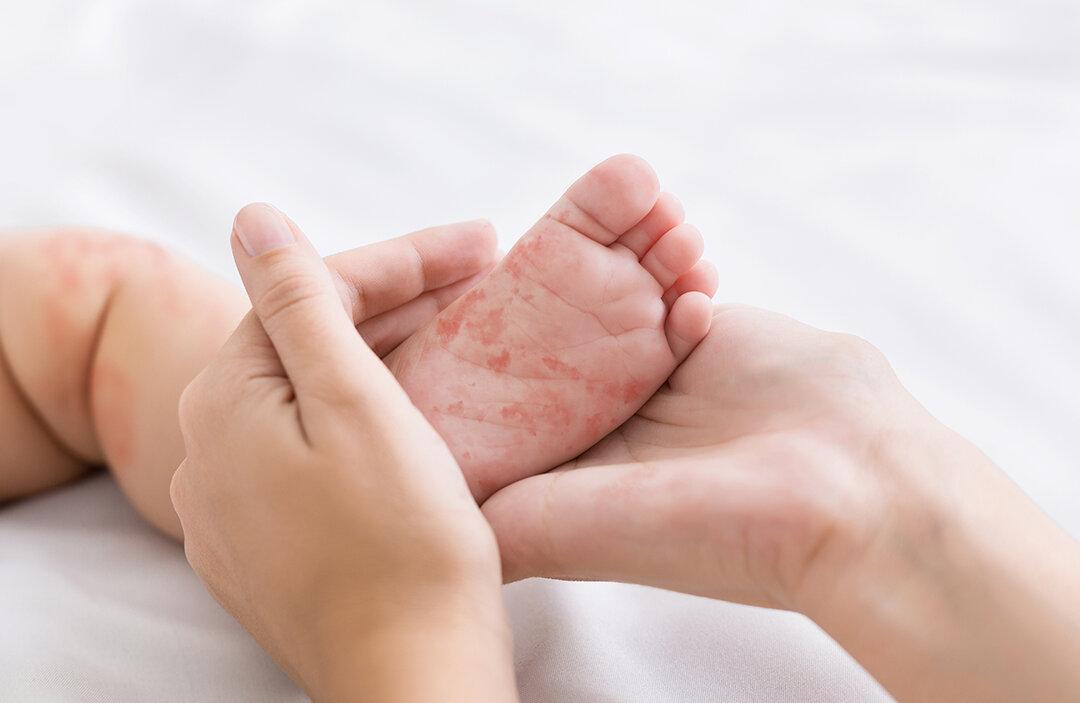Hold onto your peels; the world’s bananas face a slippery slope toward extinction. A deadly foe in the form of Panama disease is wreaking havoc on the beloved yellow fruit.
How Bananas Became the Fruit We Eat Today
Have you ever noticed how bananas don’t have annoying seeds?
About 1,000 banana varieties are produced at a rate of over 100 million tons per year. But the ones we commonly find in supermarkets belong to a single type—the Cavendish banana.
Wild bananas’ transformation into the form we know today made them much easier to consume. However, it also brought about several challenges.
For instance, the gradual elimination of seeds in bananas resulted in all banana plants today being sterile, preventing them from being planted traditionally, like apples and oranges. Instead, banana tree cuttings are directly planted into the ground to grow more trees. Initially, there was likely only one Cavendish banana tree from which all the bananas we consume today originated.
The Return of the Banana Killer
Panama disease, also called banana wilt, is caused by a fungus spore that spreads from plant to plant, resulting in severe and irreversible wilting. Once infected, the banana tree’s trunk gradually turns black while the leaves turn yellow, eventually leading to the plant’s demise.Panama disease was first reported in the late 19th century and is extremely difficult to eradicate. The spores can survive in the soil for decades without a host, and there is currently no known cure.
In the 1960s, the disease severely impacted the Gros Michel variety of bananas, which constituted the majority of commercially sold bananas at the time. As the fungal infection spread across plantations and continents, the banana industry faced a significant risk of collapse.
Luckily, the Cavendish variety emerged as a replacement, as it exhibited some resistance to certain strains of Panama disease.
How Genetic Tweaks May Spell Doom for Bananas
Similar to seedless variants of grapes, oranges, and watermelons, bananas have undergone genetic alterations so that their seeds do not fully develop.A major disadvantage of seedless plants is their reduced genetic diversity, making them more vulnerable to diseases. If one plant on a seedless fruit farm becomes infected, the entire plantation is at risk.
The bananas we eat today also have three sets of chromosomes instead of the conventional two. This is called triploidy and is a primary breeding strategy used to produce seedless fruit. Though it makes the fruit resistant to pathogens, it also renders it infertile, meaning it does not have viable seeds.
Since Cavendish bananas are triploid, they lack the genetic diversity that may potentially provide resistance to Panama disease.
Ultimately, the Cavendish banana is just a useful mutant found in the wild that offers an enjoyable addition to our diet. However, it seems that the extinction of the Cavendish is drawing closer by the day.




